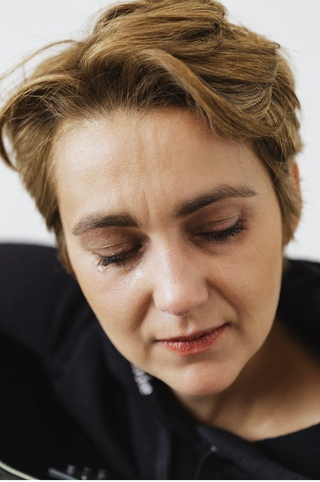Health
Toward a Post-Covid Therapy
Including the social determinants of mental health
Posted March 1, 2021 Reviewed by Hara Estroff Marano

A recent article, in the Journal of the American Medical Association (JAMA), observes that healthcare will be focusing on the social determinants of mental health to an ever large extent. According to Carrie Henning-Smith, social factors have been found to be responsible for 80 to 90 percent of health outcomes, regardless of the advancements in medicine and health care. She believes the health care of individuals and communities will not improve if the root cause factors are not addressed—namely, social isolation and loneliness.
Social isolation—measured by the number of and frequency of contacts with family, friends, and community, is associated with increased rates of loneliness and suicide, hypertension, and other physical health effects on individuals.
The AARP reported that 14 percent of people in the U.S. were socially isolated in 2017 but accounted for $6.7 billion in Medicare spending. According to a national survey in 2020, 61 percent of those age 50 years and over reported social isolation before the COVID pandemic began, particularly those living in rural areas. Nevertheless, the health care system seldom screens for or discusses social isolation with patients.
Besides social isolation, Henning-Smith focuses on loneliness, which is seen as quite different from social isolation. Loneliness comes from a discrepancy between the desired and actual levels of social connection and is associated with detrimental health effects.
The U.K. is ahead of the U.S. in its policies and approaches to social isolation, which has led to significant innovations. The city of Leeds equips front-line city workers with an app that allows them, when out in the community, to document possible signs of isolation at an address—closed blinds, piles of mail. About $6.7 million has been awarded to nonprofits for initiatives to reach out to the growing numbers of people at risk for loneliness.
The Rush University Medical Center in Chicago has added a social connection question in its standard Social Determinants of Health screening tool: “In a typical week, how many times do you talk with family, friends, or neighbors?” Rush employees and students make weekly socialization calls to those who request them. The effects of loneliness and isolation on those in long-term care facilities during the pandemic are causing caregivers to look at ways to expand socialization and visitation policies while continuing to uphold infection-control strategies.
Public Health Solutions, a public health organization that focuses on improving the health and well-being of vulnerable families and communities in New York City, found that older adults living in public housing were experiencing heightened social isolation during the COVID-19 pandemic, in part due to inability to access and use internet connections for medications, health visits, food access, and social support. As a consequence, the organization is working with the New York City Housing Authority to bring about access to broadband and the internet as public utilities to senior housing complexes.
Henning-Smith concludes by reminding us that connection to others is a fundamental piece of what it means to be human, that it also provides meaning and purpose in life and creates networks of supports that individuals turn to during adversity. Yet, to the detriment of the most vulnerable fellow humans, society consistently has prioritized values like self-reliance and independence over connection and interdependence. The pandemic is highlighting the need for change now and into the post-pandemic era.
I believe such change particularly applies to the mental health establishment, which is focused on individual disorders diagnosed by matching individual symptoms with lists of detailed and various categories and subcategories as defined in the latest Diagnostic and Statistical Manual (DSM), published by the American Psychiatric Association.
In all my years of practice, I cannot recall any diagnostic criteria for public mental health or family well-being. Psychologists visiting patients in long-term care facilities are mandated to write a report of each patient visit, itemizing manifestations of a mental disorder according to the DSM criteria and how it was treated, with what concrete results.
All the while the patient may have just needed company or permission to grieve for a lost spouse or friends and family who did not come to visit. Psychologists are faced with elderly patients who are lonely, not because there are not nurses and peers around them but because they have lost meaning in their lives.
Similarly in the home, an individual’s mental illness is viewed as the problem, rather than a problem of the family or community in which the patient resides. At the same time, it's reported that the rates of suicide are rising among teenagers due to lack of social contact with their friends—not to any DSM diagnostic criteria.
Although our mental malaise is clearly due to more than can be found on the DSM list of disorders, it is not clear how to include other disciplines from the social sciences and humanities into an extended psychiatry, without psychiatrists willing to give up their individualistic perspective. An extended psychiatry would mean giving community-based and family-based solutions their due, along with new ways to understand mental illness based upon basic biological mechanisms (genes, cells, and brain circuits).
*
This blog was co-published with PsychResilience.com




